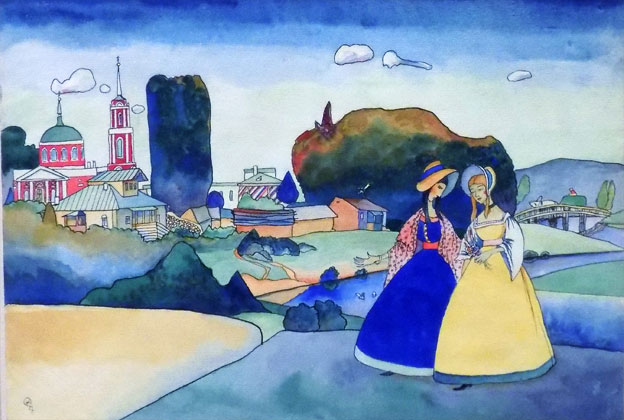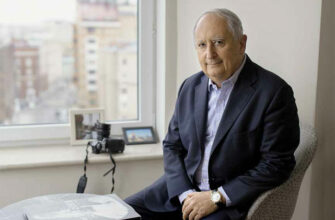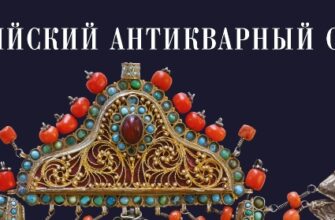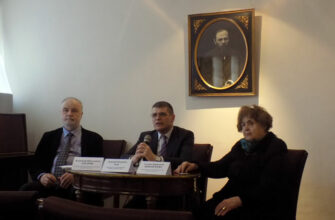On December, 19 2016 the State Museum of fine arts has launched an exhibition “Bagatelles”, dedicated to the 150th anniversary from the birthday of a Russian artist Wassily Kandinsky. The painting on glass, watercolors and drawings created by the painter in the period of 1915-1920 are available to the public. The exhibition includes more than 50 works by Kandinsky.
Glass painting or “Hinterglasmalerei” is an ancient technique of glass painting, a kind of Bavarian folk pictorial art. A feature of this technique is the complexity of execution – an artist paints on the reverse side of glass. Thus, in order to make the picture perceived naturally by the viewer, the picture is painted mirrorwise.
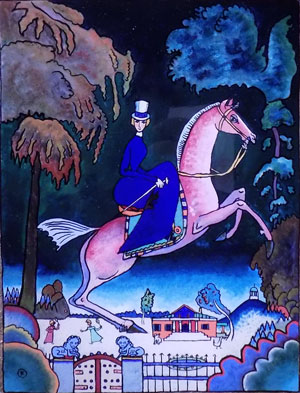
The master discovered the old European technique of glass painting “Hinterglasmalerei” in Germany in the early 1910s, a German artist Gabrielle Munter showed it to him. For the Moscow period, Kandinsky has created about 27 works in this technique, at the same time he wrote a series of abstract watercolors. In the depiction of scenes from everyday life the artist used sucj techniques as decorative and stylized medieval stories. The master called this works “bagatelle” (from a French “Bagatelle” – a trifle).
The exhibition includes three halls. In the first room there are miniatures on glass, here we see the part of collection of Vladimir Spivakov. In the second room there are exhibited abstract watercolors. Area of paintings by Kandinsky, devoted to his wife Nina Kandinsky, is located in the third hall. There is also her talented works. The place of the exhibition – State Museum of fine arts – was chosen because it was here where Wasily Kandinsky firstly met with his future wife.
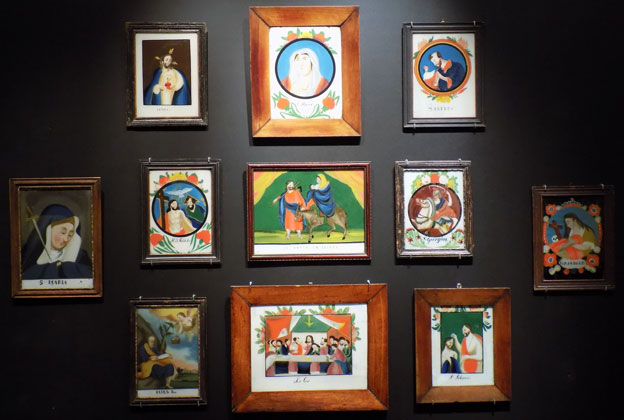
The exhibition includes works by Kandinsky, collected from various museums and private collections. Thus, the State Russian Museum brought here the work of W. Kandinsky “the Amazon with blue lions” (1918), “the Amazon in the mountains” (1918), Vyatka art Museum. V. M. and A. M. Vasnetsov provided painting “non-objective composition” (1915), “Sketch of the song “Red and black”” (1915) etc.
Cultural-political magazine “E-Vesti” has asked the largest specialist in the works of Kandinsky, head of the Department of private collections Pushkin Museum Natalia Avtonomova to comment on the exhibition .
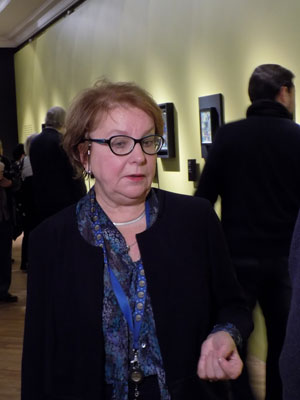
E-Vesti: Natalia, could you, please, tell me how Kandinsky is relevant today?
Natalia Avtonomova: This is world famous and very important artist, pioneer of abstract lines. In Russia it has become a classic. There was a time when, due to ideological issues, it was considered an artist quite difficult for understanding. Then he was not quite perceive, and infrequently his works were exhibited to the public. At the moment he is a recognized classic, as the school of the avant-garde of today has already happened.
E-Vesti: Are the work of V. Kandinsky understood in other countries?
Natalia Avtonomova: He has a huge reputation in Germany. In 1921 he received an invitation from Walter Gropius to teach at the Bauhaus. He had a conversation with Karl Radek and he was advised to accept this invitation. He was sent to Germany then as a representative of the new state to establish relations with Germany.
E-Vesti: Does his relevance as an artist is kept today?
Natalia Avtonomova: Yes, of course. All American post-war abstract art is based on the works of Kandinsky. The technique is very relevant, and many artists use it. In this technique there is an interesting glow effect, which occurs when the refraction of light in glass base.
E-Vesti: How much of his glass work is distinctive, and do they have something Russian?
Natalia Avtonomova: There is common art that attracted the attention of artists in Germany and Russia. But the modern style has its own national characteristics in each country, so his works still carry a Russian innovation. More important is that the work created in 1903 and paintings created in 1917, are certainly different. There are things written in his early creative years in Germany, there is a great wall in the Lenbachhaus, which exhibits his works on religious themes. The images are the same, but they transformed. That is, when Kandinsky passed the abstract review stage, his manner became more free, because he has risen to a higher level from the point of view of professionalism.
E-Vesti: Wassily Kandinsky was Catholic or Orthodox, we can assume both from his works?
Natalia Avtonomova: Of course, they combine religion and culture. Anyway, he was a man of Orthodox and St. George had for him the spiritual symbolic meaning. In addition, in the room where we see the works of Nina, there is a vase with a flower, where the reverse is written: “Dear Vasik on the day of his birthday. July 15, 1918.” It is a day of St. Basil.
E-Vesti: Is there remains a lot of heritage Kandinsky?
Natalia Avtonomova: In Russia there are a lot of things Kandinsky. As Chairman of the Public procurement Commission (of the Museum Bureau of the Department of fine arts) at the Museum of modern art in 1918-1920, he bought works including his own, and museums were opened across all Russia. The works were sent to the Russian cities with the aim of creating museums of modern art. There were not only the work of Kandinsky, but also paintings by other avant-garde artists, it was a very interesting concept. In 1989 he organized his first exhibition in Russia, and we have collected paintings from all over the country.
The exhibition will run from 20 December 2016 to 2 February 2017.
Sources: Pushkin Fine Art Museum
